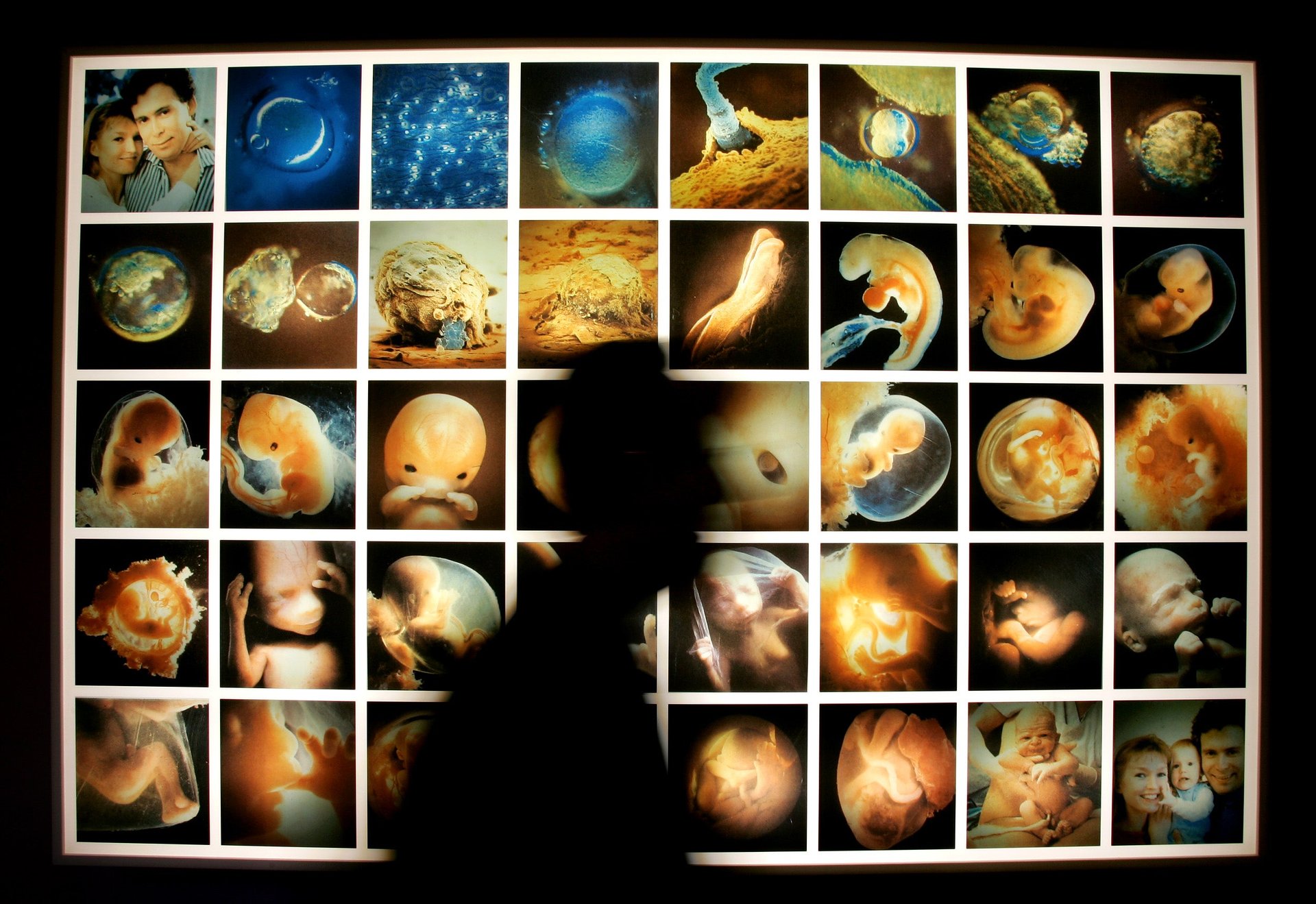For the first time ever, scientists have edited the genetic makeup of viable human embryos
Our genetically edited future is nigh. Chinese researchers, who have been at the forefront of experimenting with human embryos using a technology called CRISPR, are improving on their results year after year.


Our genetically edited future is nigh. Chinese researchers, who have been at the forefront of experimenting with human embryos using a technology called CRISPR, are improving on their results year after year.
For the past three years, these researchers had been experimenting on ”non-viable” human embryos, which are created when two sperms fertilize the same egg. Such embryos do not have a chance of becoming a full-grown human. Despite CRISPR being heralded as the most precise genetic copy-paste tool ever developed, its error rate had been too high to allow, ethically speaking, experiments on viable human embryos.
That has now changed. Researchers made the case that non-viable embryos were so genetically abnormal that their inaccurate results didn’t give a true picture of the state of the technology. So, in a new study published in Molecular Genetics and Genomics, researchers at the Guangzhou Medical University have used CRISPR on viable human embryos. As they had hoped, the study’s results are more promising than the work done in non-viable embryos.
The current aim of the researchers is to try and edit out simple genetic mutations that we know cause disease. For instance, a mutation called beta41-42 causes the blood disease beta-thalassaemia. In 2015, the attempts to remove the mutated gene were successful in fewer than one in ten cases.
In the latest study, the researchers used donated immature eggs. Usually such eggs are discarded, but if used for fertilization there have been cases that have resulted in viable embryos that went on to become full-grown humans. The researchers fertilized six such eggs with sperm from two men who each carried a different genetic mutation. One had a mutation in the gene that codes for the G6PD enzyme and causes favism (a condition where eating fava beans causes destruction of red blood cells). The other had the mutation for beta-thalassaemia.
Using CRISPR, the researchers fixed one embryo fully to cure favism, and fixed some of the cells in two other embryos. Such partial fixes result in mosaics, where if the embryo were to come to term it would result in a human having some cells in the body with the mutation and others without. Mosaicism is not ideal, but with some diseases, such as metabolic liver disease, it does result in a cure. Two embryos did not have any fixes and in one CRISPR caused wrong mutations.
“It is encouraging,” Robin Lovell-Badge of the Francis Crick Institute told the New Scientist, to see that viable embryos show slightly better results. But, he warned, the study was done on too few human embryos for firm takeaways just yet.
Beyond China, two other research groups in the UK and Sweden are working on CRISPR-editing viable human embryos. The New Scientist also notes rumors that three or four studies on the use of CRISPR in human embryos have been completed but not yet published. Our genetically edited future appears to be closer than most people think.